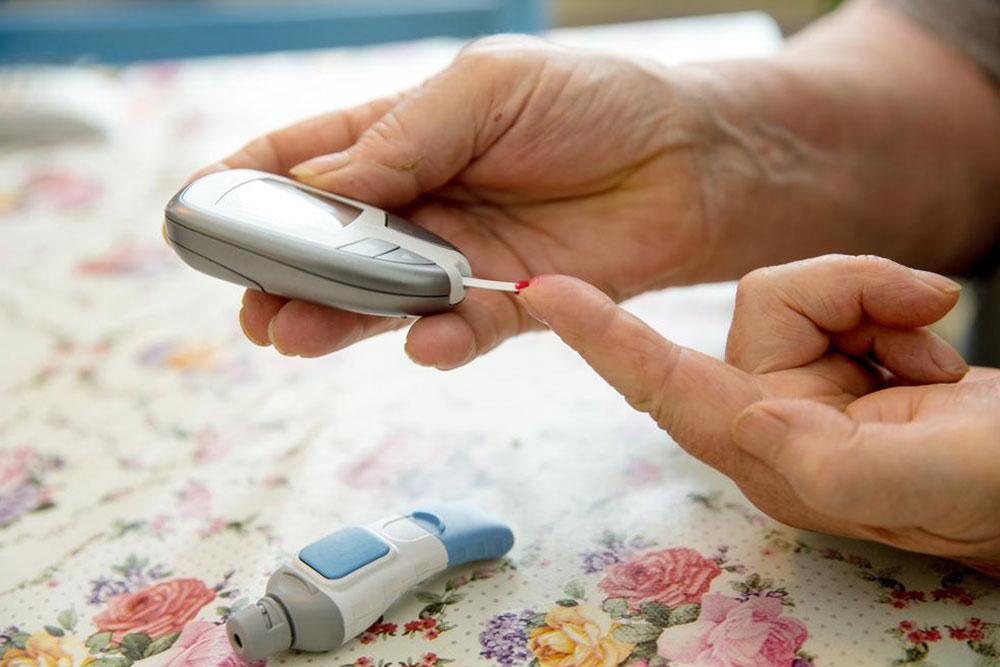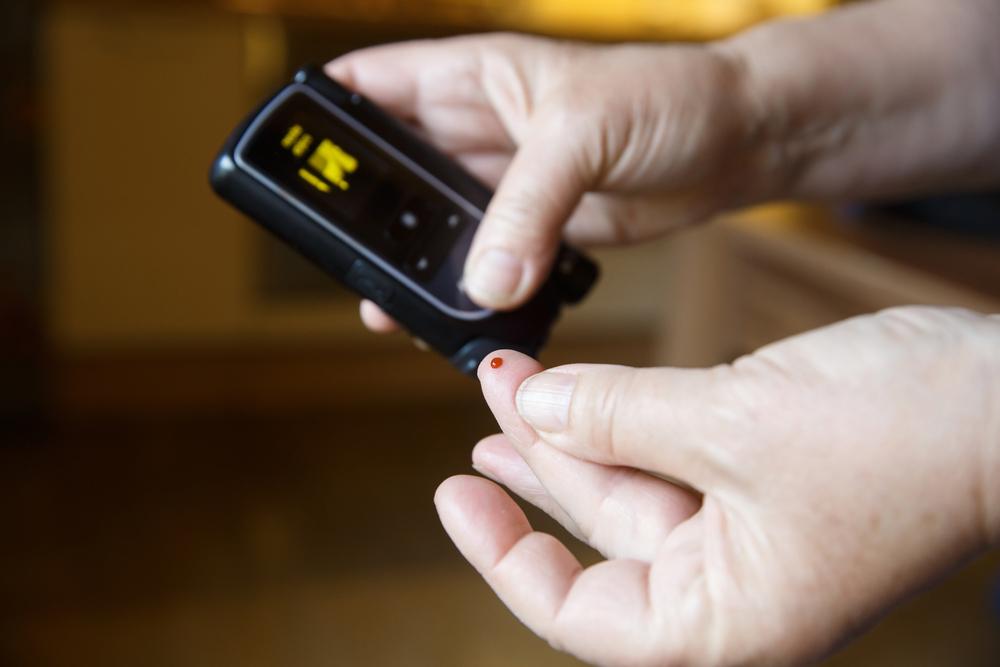Understanding the Link Between Diabetes and Nerve Discomfort
Explore the crucial connection between diabetes and nerve pain, focusing on causes, symptoms, and management options. Regular foot exams and early intervention are key to preventing complications. Learn how high blood sugar and lifestyle factors contribute to neuropathy and what signs warrant medical attention.

Understanding the Link Between Diabetes and Nerve Discomfort
Many individuals with diabetes report experiencing nerve-related pain, a common complication affecting both type 1 and type 2 diabetes patients. This condition, known as diabetic neuropathy, arises from nerve damage caused by prolonged high blood sugar levels. The resulting nerve pain, often intense and persistent, can significantly impact daily life.
What triggers nerve pain in diabetes?
Elevated blood glucose over time damages the blood vessels that nourish nerves, leading to neuropathy. Factors like high blood pressure and smoking can worsen the condition.
The nerve discomfort mainly affects peripheral areas like the hands and feet, with the feet being most commonly affected, known as diabetic foot. Regular foot check-ups are vital for early detection of circulation issues and neuropathy risks.
These examinations help identify problems such as wounds or joint issues that can worsen in diabetics.
What symptoms should you watch for?
Symptoms like burning, tingling sensations, or sharp pains in the extremities may signal nerve damage. If you notice these signs, consult a healthcare provider promptly. They might suggest medications like Invokana, Tanzeum, or Glucagon, tailored to your condition, to alleviate discomfort.










